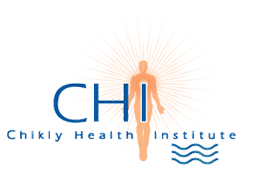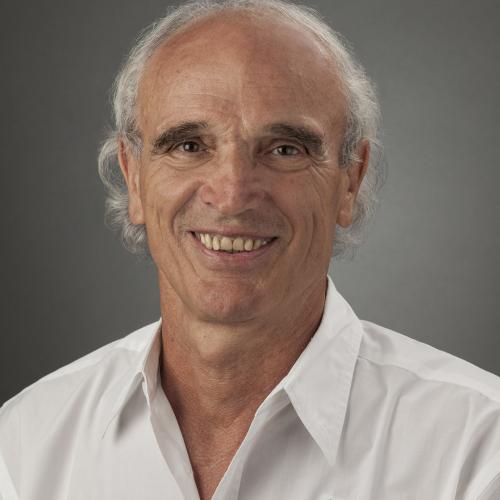For the first time we are teaching a class on Autism: Autism, Mitochondria & Nerve Drainage (AMND) – Colorado March 2026, so you are going to see science news about this condition regularly.
Autism Spectrum Disorder (ASD) is a spectrum disorder, resulting in wide variations in presentation.
The neurodiversity paradigm, which frames autistic traits as a healthy variation of the human condition.
Researchers from Princeton University and the Simons Foundation have discovered four clinically and biologically distinct autism subtypes.
Previous studies have demonstrated extensive heterogeneity in autism phenotypes, including cognitive behavior, morphology, neuroanatomical imaging profiles and clinical outcomes.
Using data from 5,392 children, this new research team applied a computational model to group individuals and found four distinct autism subtypes:
- Social and Behavioral Challenges
- Mixed ASD with Developmental Delay
- Moderate Challenges
- Broadly Affected.
- The Social and Behavioral Challenges group is one of the more common subtypes,(37% of the study population).
It is characterized by core autism features, such as difficulties with social interaction and repetitive behaviors, but these individuals typically meet developmental milestones at a similar rate as their neurotypical peers. They frequently experience additional conditions such as ADHD, anxiety, depression, or obsessive-compulsive disorder.
- The Mixed ASD with Developmental Delay group (19%) is marked by delayed developmental milestones like walking and talking, yet most individuals in this category do not exhibit anxiety, depression, or disruptive behavior. The term “Mixed” reflects the variation in social difficulties and repetitive behaviors within the group.
- The Moderate Challenges group (34%) display autism-related behaviors, but these traits tend to be less pronounced than in the other subtypes. Their developmental milestones generally align with typical patterns, and they rarely show psychiatric comorbidities.
- The Broadly Affected group (10%) experiences the most severe and wide-ranging symptoms, including significant delays in development, difficulties with social communication, repetitive behaviors, and coexisting psychiatric conditions such as anxiety, depression, and mood instability.
These classes represent different clinical presentations and outcomes; they are related to distinct underlying biology.
For instance, children classified under the Broadly Affected group exhibited the highest rate of damaging de novo mutations (genetic changes that arise spontaneously and are not passed down from either parent). In contrast, only those in the Mixed ASD with Developmental Delay group were more likely to possess rare inherited genetic variants. Although both subtypes share key features, such as developmental delays and intellectual disability, these genetic distinctions point to separate biological mechanisms underlying what may appear to be similar clinical traits.
Autism biology unfolds on different timelines
The team also found that autism subtypes differ in the timing of genetic disruptions’ effects on brain development. Genes switch on and off at specific times, guiding different stages of development. While much of the genetic impact of autism was thought to occur before birth, in the Social and Behavioral Challenges subtype — which typically has substantial social and psychiatric challenges, no developmental delays, and a later diagnosis — mutations were found in genes that become active later in childhood. This suggests that, for these children, the biological mechanisms of autism may emerge after birth, aligning with their later clinical presentation.
“By integrating genetic and clinical data at scale, we can now begin to map the trajectory of autism from biological mechanisms to clinical presentation,” said co-author Chandra Theesfeld, senior academic research manager at the Lewis-Sigler Institute and Princeton Precision Health.
A paradigm shift for autism research
This study builds on more than a decade of autism genomics research led by Troyanskaya and collaborators, supported by the Simons Foundation and the U.S. National Institutes of Health, and most recently by Princeton Precision Health, an interdisciplinary initiative launched in 2022. It is enabled by the close integration of interdisciplinary expertise in genomics, clinical psychology, molecular biology, computer science and modeling, and computational biology — with experts from Princeton Precision Health, the Flatiron Institute, and SFARI.
“It’s a whole new paradigm, to provide these groups as a starting point for investigating the genetics of autism,” said Theesfeld. Instead of searching for a biological explanation that encompasses all individuals with autism, researchers can now investigate the distinct genetic and biological processes driving each subtype.
This shift could reshape both autism research and clinical care — helping clinicians anticipate different trajectories in diagnosis, development, and treatment. “The ability to define biologically meaningful autism subtypes is foundational to realizing the vision of precision medicine for neurodevelopmental conditions,” said Sauerwald.
While the current work defines four subtypes, “this doesn’t mean there are only four classes,” said Litman. “It means we now have a data-driven framework that shows there are at least four — and that they are meaningful in both the clinic and the genome.”
Looking ahead
For families navigating autism, knowing which subtype of autism their child has can offer new clarity, tailored care, support, and community. “Understanding genetic causes for more individuals with autism could lead to more targeted developmental monitoring, precision treatment, and tailored support and accommodations at school or work,” said Foss-Feig. “It could tell families, when their children with autism are still young, something more about what symptoms they might — or might not — experience, what to look out for over the course of a lifespan, which treatments to pursue, and how to plan for their future.”
Beyond its contributions to understanding autism subtypes and their underlying biology, the study offers a powerful framework for characterizing other complex, heterogeneous conditions and finding clinically relevant disease subtypes. As Theesfeld put it: “This opens the door to countless new scientific and clinical discoveries.”
Litman A, Sauerwald L, Snyder L et al. Decomposition of phenotypic heterogeneity in autism reveals underlying genetic programs. Nature Genetics. 2025, 9 July, 57, pages1611–1619.
Nevoit G, Poderiene K, Potyazhenko M, Mintser O, Jarusevicius G, Vainoras A.
The concept of biophotonic signaling in the human body and brain: rationale, problems and directions.
Front Syst Neurosci. 2025 Jun 23;19:1597329. doi: 10.3389/fnsys.2025.1597329. eCollection 2025.






